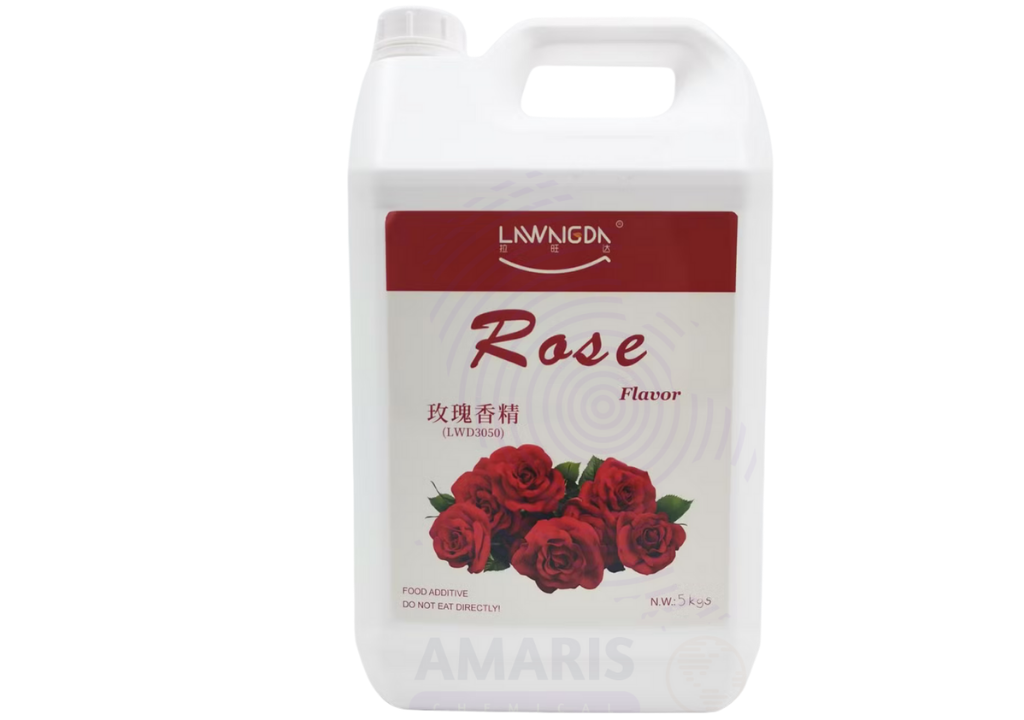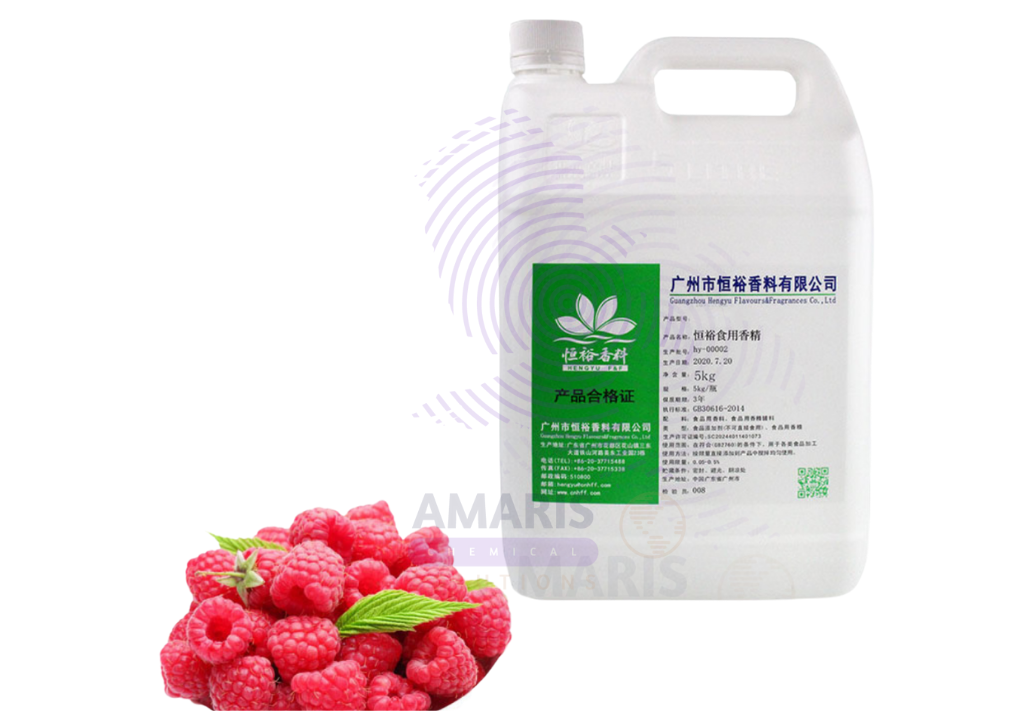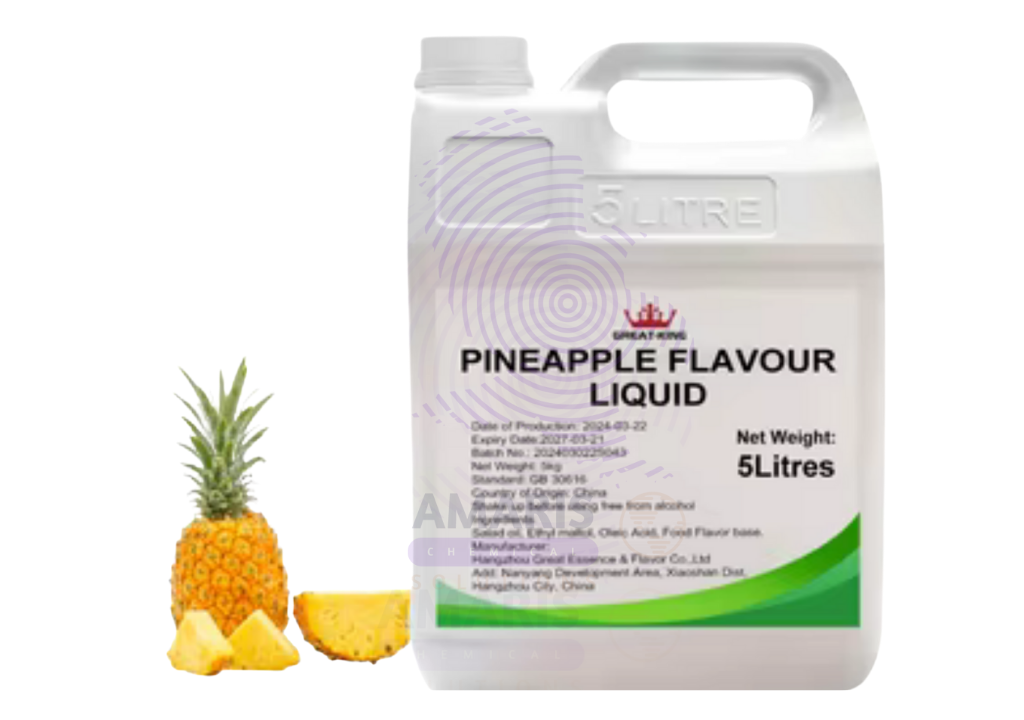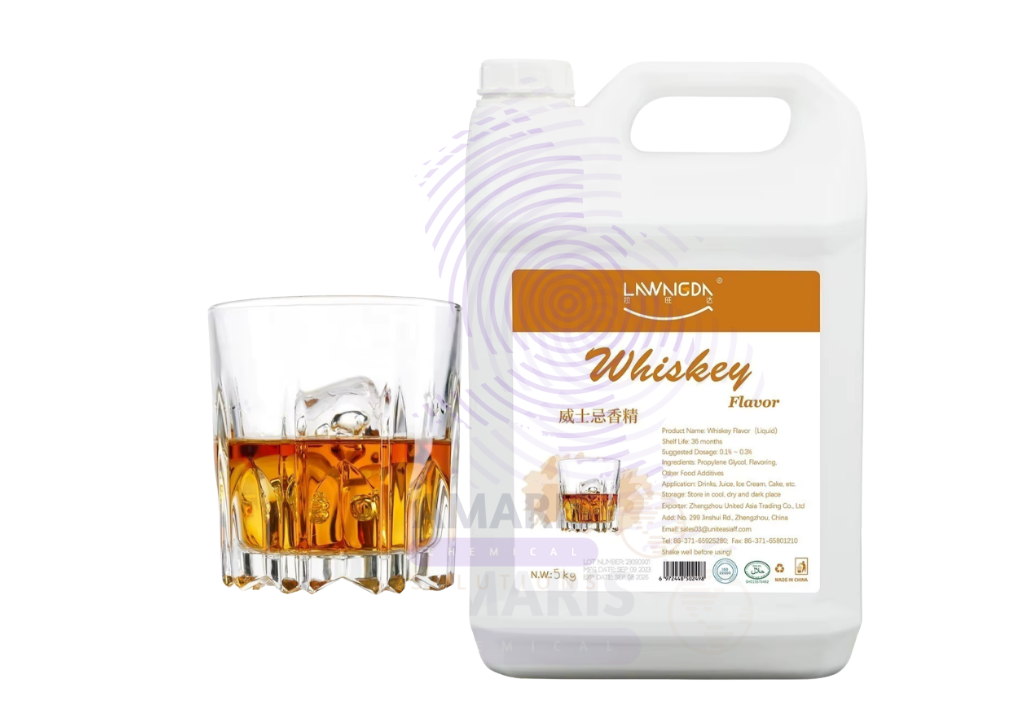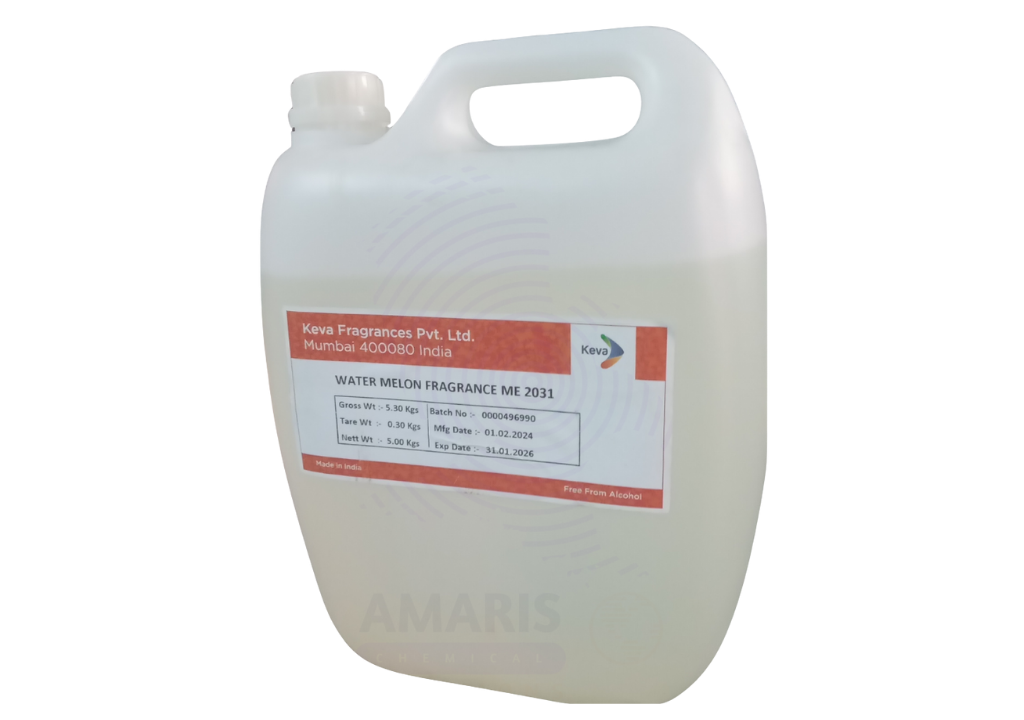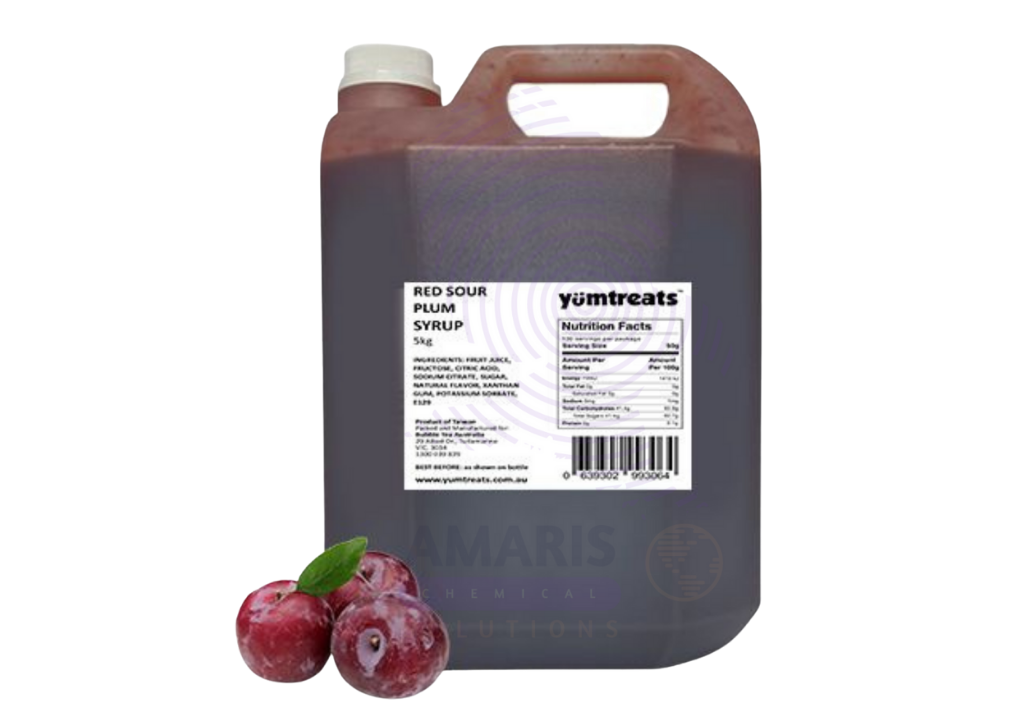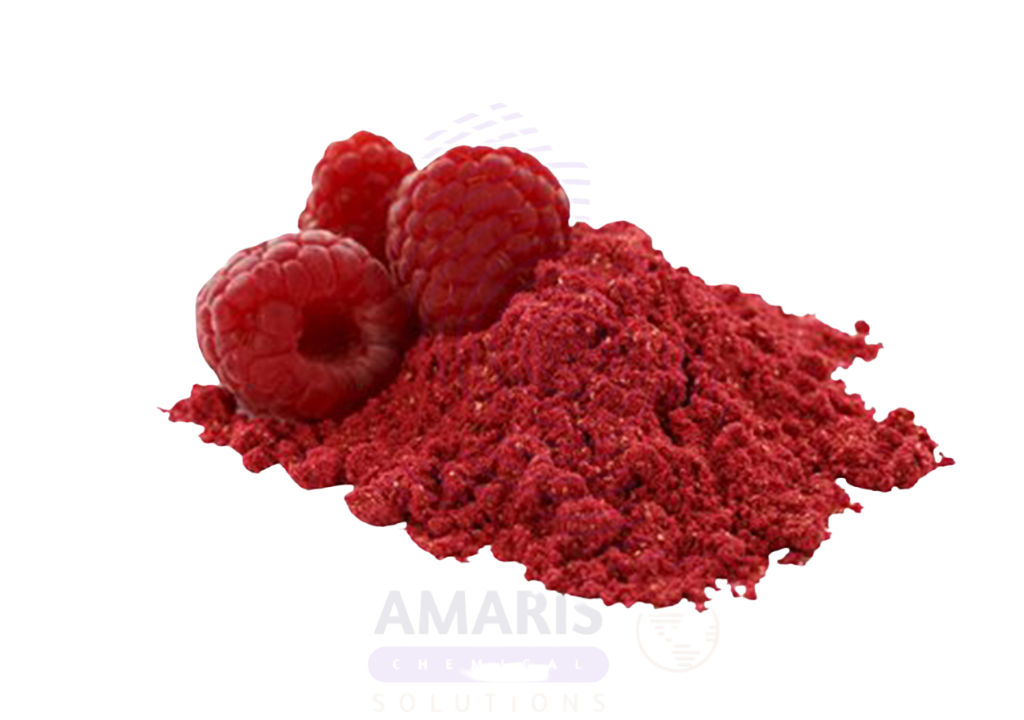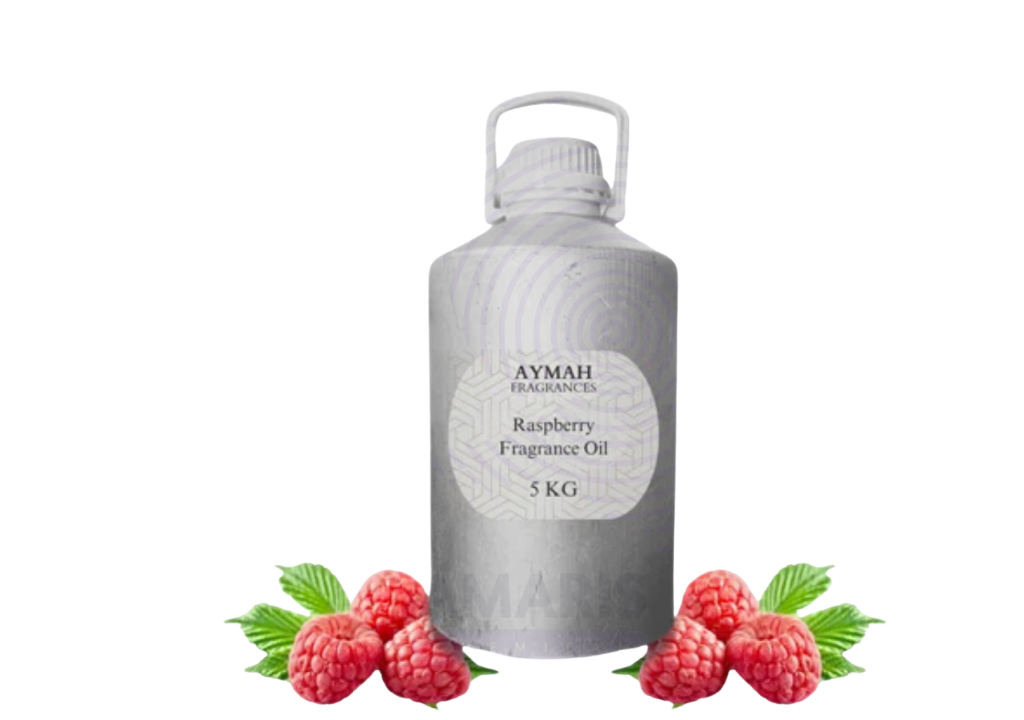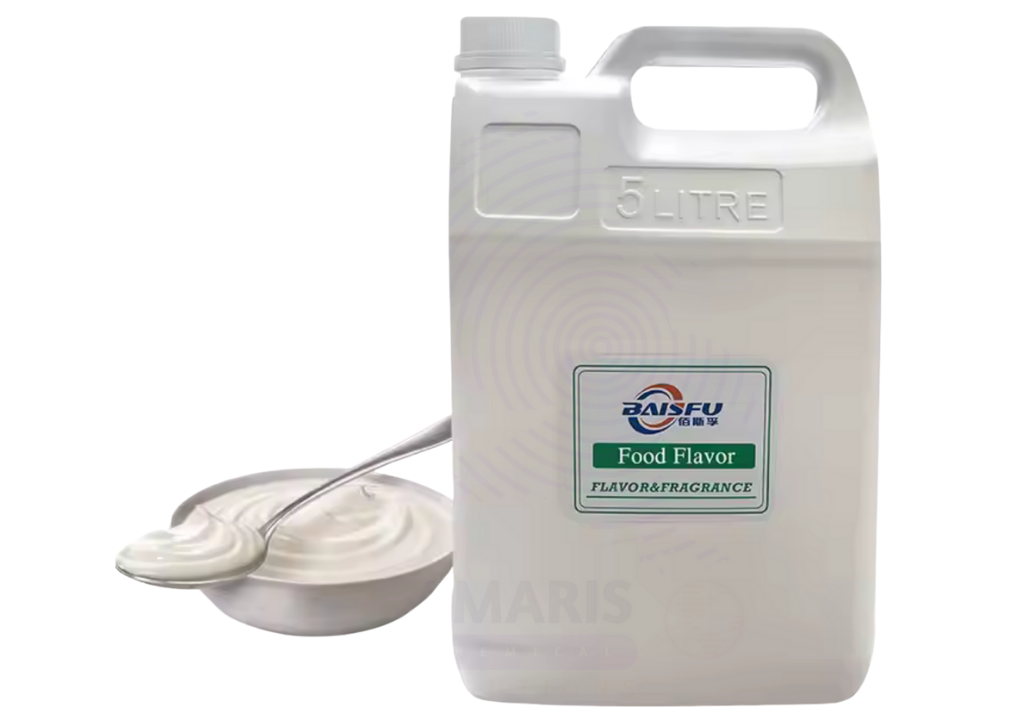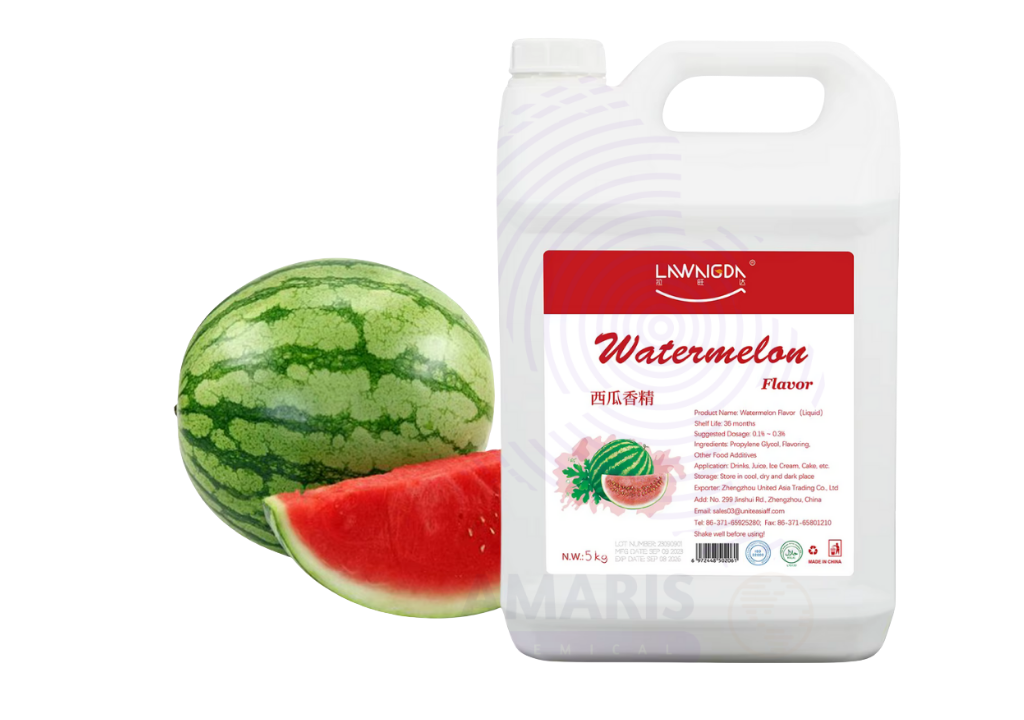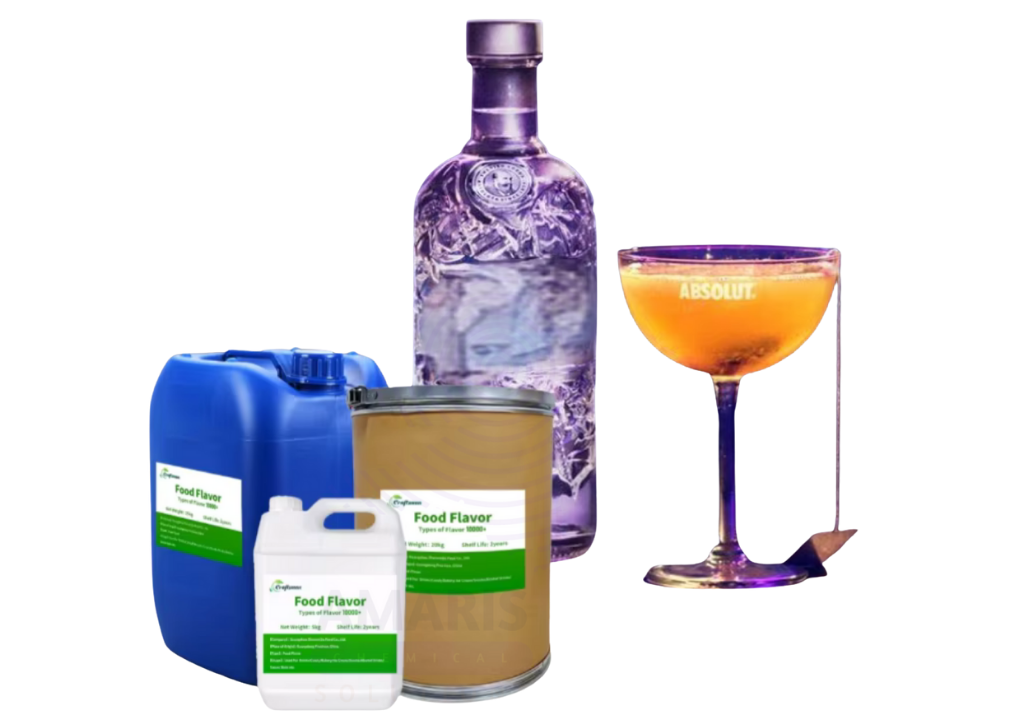💡 The Hidden Power of Boric Acid: From Everyday Uses to Industrial Brilliance
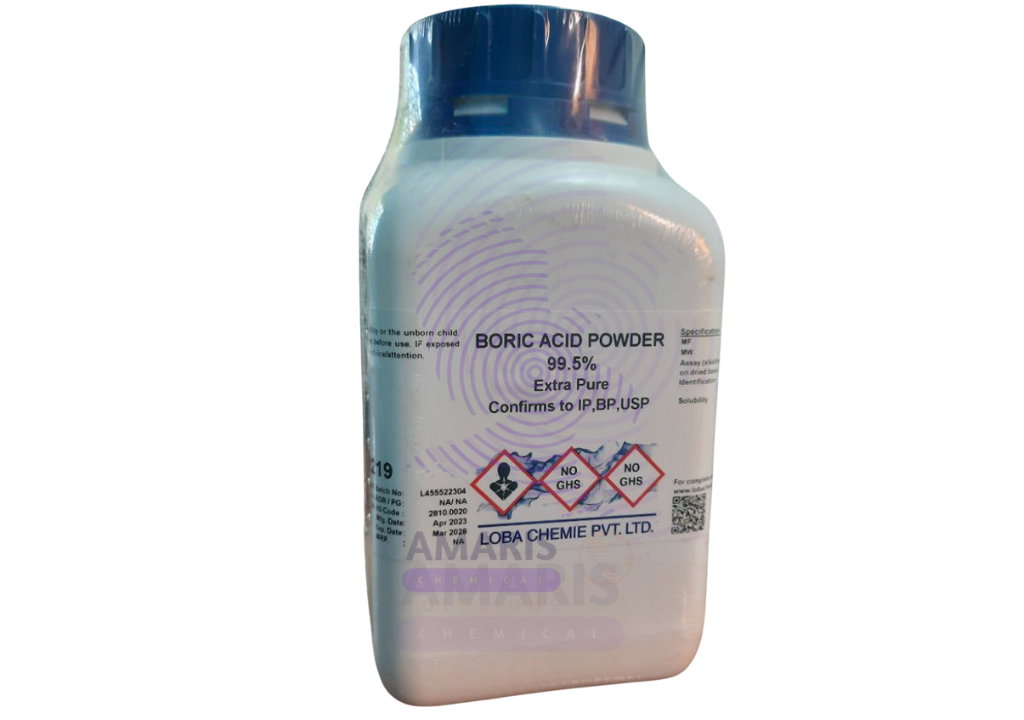
When you think of Boric Acid, pest control might be the first thing that pops into your mind — but this incredible chemical does so much more! 🧪 Whether it’s boosting glass strength, preserving wood, or balancing pH in skincare products, boric acid has quietly become one of the most versatile and valuable compounds used today.
🌿 What Exactly is Boric Acid?
Boric acid (chemical formula H₃BO₃) is a weak acid derived from boron, naturally found in volcanic water and certain minerals. It usually appears as a fine white crystalline powder with a smooth texture and mild acidity. Despite its simplicity, boric acid plays a starring role in countless industrial and domestic applications — a true multitasker in the world of chemistry!
🏭 Industrial Applications: Where Science Meets Utility
Boric acid’s industrial uses are vast and impressive:
- Glass and Ceramics Manufacturing – It helps enhance clarity, heat resistance, and durability, making it indispensable in borosilicate glass and glazed ceramics.
- Metallurgy – Acts as a flux to prevent oxidation during metal processing and enhances surface finish.
- Wood Preservation – Works as a natural insect repellent and fungicide, extending the lifespan of timber without harsh chemicals.
- Lubricants and Antifreeze – Improves heat transfer and prevents corrosion, protecting engines and equipment.
- Electronics and Semiconductors – Used in glass coatings for its insulating and heat-resistant properties.
This makes boric acid a silent hero behind many everyday products we often take for granted — from durable cookware to electronics components. ⚙️
💅 Beauty and Skincare Uses
Did you know that boric acid also finds its way into personal care formulations? 🌸
In carefully regulated amounts, it’s used in:
- Antiseptic creams and powders
- pH-balancing skincare formulas
- Foot care and antifungal treatments
Its mild antibacterial properties and stability make it ideal for hygiene-focused products that promote skin health — proving that chemistry can indeed be beautiful! ✨
🧫 In the Laboratory: A Chemist’s Friend
For researchers, boric acid is a must-have reagent. It’s commonly used as:
- A buffering agent in analytical chemistry
- A flame retardant
- A component in pH control systems
Its consistent performance and compatibility make it a trusted companion for scientific work. 🔬
🏡 Everyday and Household Benefits
Beyond the lab, boric acid has many simple yet effective uses around the home:
- Acts as a natural pest deterrent (for ants and cockroaches)
- Works as a laundry enhancer to whiten and deodorize clothes
- Serves as a gentle surface disinfectant for home cleaning
Just remember to handle it safely and store it away from children and pets.
⚠️ Safety First!
Even though boric acid is considered low in toxicity compared to stronger chemicals, proper handling is essential:
- Use gloves and goggles when handling the powder.
- Avoid breathing in dust.
- Store in a cool, dry area.
- Follow recommended concentrations for cosmetic or household use.
At Amaris Chemical Solutions, we provide high-purity boric acid trusted by industries, laboratories, and manufacturers. With quality packaging, reliable sourcing, and expert support, we ensure every batch meets your expectations for performance and safety. 💼
🌎 Why Choose Boric Acid?
Because it’s safe, efficient, and incredibly versatile. From glassmaking and cosmetics to research and household care, boric acid proves that chemistry isn’t just for scientists — it’s part of everyday life!
✨ Discover the brilliance of boric acid with Amaris Chemical Solutions — where innovation meets reliability, one molecule at a time.


 Preservatives(food)
Preservatives(food) Flavor Enhancers
Flavor Enhancers Acidulants
Acidulants Sweeteners
Sweeteners Antioxidants
Antioxidants Colorants(food)
Colorants(food) Nutraceutical Ingredients (food)
Nutraceutical Ingredients (food) Nutrient Supplements
Nutrient Supplements Emulsifiers
Emulsifiers
 Collectors
Collectors Dust Suppressants
Dust Suppressants Explosives and Blasting Agents
Explosives and Blasting Agents Flocculants and Coagulants
Flocculants and Coagulants Frothers
Frothers Leaching Agents
Leaching Agents pH Modifiers
pH Modifiers Precious Metal Extraction Agents
Precious Metal Extraction Agents
 Antioxidants(plastic)
Antioxidants(plastic) Colorants (Pigments, Dyes)
Colorants (Pigments, Dyes) Fillers and Reinforcements
Fillers and Reinforcements Flame Retardants
Flame Retardants Monomers
Monomers Plasticizers
Plasticizers Polymerization Initiators
Polymerization Initiators Stabilizers (UV, Heat)
Stabilizers (UV, Heat)
 Antifoaming Agents
Antifoaming Agents Chelating Agents
Chelating Agents Coagulants and Flocculants
Coagulants and Flocculants Corrosion Inhibitors
Corrosion Inhibitors Disinfectants and Biocides
Disinfectants and Biocides Oxidizing Agents
Oxidizing Agents pH Adjusters
pH Adjusters Scale Inhibitors( water)
Scale Inhibitors( water)
 Antioxidants(cosmetic)
Antioxidants(cosmetic) Emollients
Emollients Fragrances and Essential Oils
Fragrances and Essential Oils Humectants
Humectants Preservatives
Preservatives Surfactants(cosmetic)
Surfactants(cosmetic) Thickeners
Thickeners UV Filters
UV Filters
 Fertilizers
Fertilizers Soil Conditioners
Soil Conditioners Plant Growth Regulators
Plant Growth Regulators Animal Feed Additives
Animal Feed Additives Biostimulants
Biostimulants Pesticides (Herbicides, Insecticides, Fungicides)
Pesticides (Herbicides, Insecticides, Fungicides)
 Active Pharmaceutical Ingredients (APIs)
Active Pharmaceutical Ingredients (APIs) Excipients
Excipients Solvents(pharmaceutical)
Solvents(pharmaceutical) Antibiotics
Antibiotics Antiseptics and Disinfectants
Antiseptics and Disinfectants Vaccine Adjuvants
Vaccine Adjuvants Nutraceutical Ingredients (pharmaceutical)
Nutraceutical Ingredients (pharmaceutical) Analgesics & Antipyretics
Analgesics & Antipyretics
 Analytical Reagents
Analytical Reagents Solvents(lab)
Solvents(lab) Chromatography Chemicals
Chromatography Chemicals Spectroscopy Reagents
Spectroscopy Reagents microbiology-and-cell-culture-reagents
microbiology-and-cell-culture-reagents Molecular Biology Reagents
Molecular Biology Reagents Biochemical Reagents
Biochemical Reagents Inorganic and Organic Standards
Inorganic and Organic Standards Laboratory Safety Chemicals
Laboratory Safety Chemicals Specialty Laboratory Chemicals(Special Laboratory Equipment)
Specialty Laboratory Chemicals(Special Laboratory Equipment)
 Demulsifiers
Demulsifiers Hydraulic Fracturing Fluids
Hydraulic Fracturing Fluids Scale Inhibitors(oil)
Scale Inhibitors(oil) Surfactants(oil)
Surfactants(oil) Drilling Fluids
Drilling Fluids
 Dyes and Pigments
Dyes and Pigments Bleaching Agents
Bleaching Agents Softening Agents
Softening Agents Finishing Agents
Finishing Agents Antistatic Agents
Antistatic Agents
 Admixtures
Admixtures Waterproofing Agents
Waterproofing Agents Sealants and Adhesives
Sealants and Adhesives Curing Compounds
Curing Compounds Concrete Repair Chemicals
Concrete Repair Chemicals Anti-Corrosion Coatings
Anti-Corrosion Coatings
 Surfactants(cleaning)
Surfactants(cleaning) Builders
Builders Enzymes
Enzymes Solvents (Cleaning)
Solvents (Cleaning) Fragrances
Fragrances
 Electronic Chemicals
Electronic Chemicals Catalysts
Catalysts Lubricants
Lubricants Photographic Chemicals
Photographic Chemicals Refrigerants
Refrigerants Automotive chemicals
Automotive chemicals Pyrotechnic Chemicals
Pyrotechnic Chemicals
 Biodegradable Surfactants
Biodegradable Surfactants Bio-based Solvents
Bio-based Solvents Renewable Polymers
Renewable Polymers Carbon Capture Chemicals
Carbon Capture Chemicals Wastewater Treatment Chemicals
Wastewater Treatment Chemicals
 Pigments
Pigments Solvents(paint)
Solvents(paint) Specialty Coatings
Specialty Coatings Binders/Resins
Binders/Resins Additives
Additives Driers
Driers Anti-Corrosion Agents
Anti-Corrosion Agents Functional Coatings
Functional Coatings Application-Specific Coatings
Application-Specific Coatings
 Fresh Herbs
Fresh Herbs Ground Spices
Ground Spices Whole Spices
Whole Spices Spice Blends
Spice Blends Dried Herbs
Dried Herbs
 Leavening Agents
Leavening Agents Dough Conditioners
Dough Conditioners Flour Treatments
Flour Treatments Fat Replacers
Fat Replacers Decoratives
Decoratives Preservatives(baking)
Preservatives(baking)
 Plasticizers & Softeners
Plasticizers & Softeners Reinforcing Agents
Reinforcing Agents Adhesion Promoters
Adhesion Promoters Vulcanizing Agents
Vulcanizing Agents Antidegradants
Antidegradants Blowing Agents
Blowing Agents Fillers & Extenders
Fillers & Extenders Accelerators & Retarders
Accelerators & Retarders
